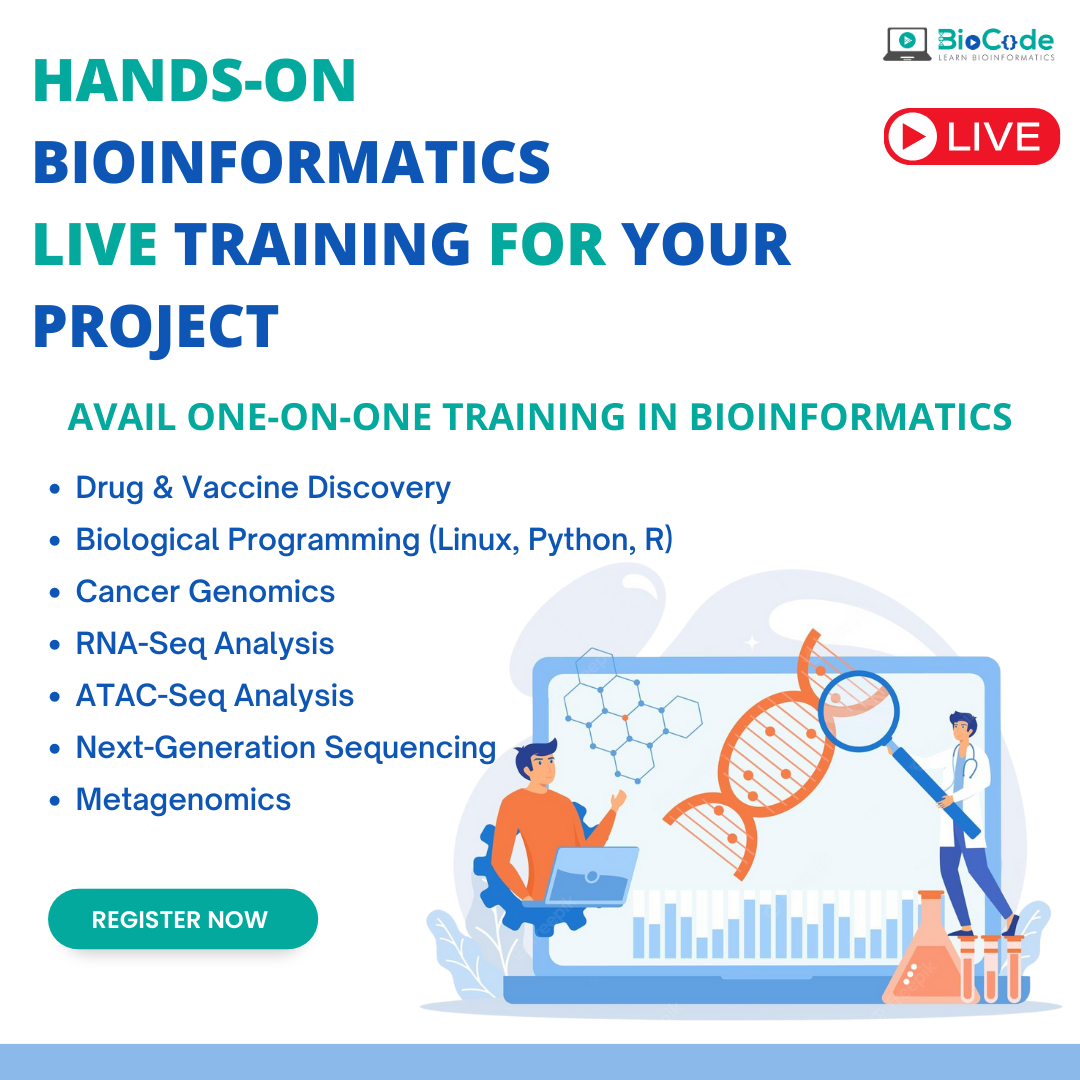The Single Strategy To Use For Bioinformatics Tutor
Table of ContentsBioinformatics Tutor Things To Know Before You BuyBioinformatics Tutor - An OverviewNot known Details About Bioinformatics Tutor 10 Simple Techniques For Bioinformatics TutorThe Main Principles Of Bioinformatics Tutor
Of the total individuals entailed in the training, 80% were trainees from public higher education institutions, while the remaining 20% originated from exclusive institutions. To get a certificate of engagement, pupils were needed to attend at the very least 90% of the total training hours. As an outcome of this need, a remarkable 95% of the participants successfully obtained their certificates, having not just met the minimum participation requirements but also finished all appointed tasks throughout the training.
Throughout the elevation of the COVID-19 pandemic, specifically between June and August 2020, the task team was entrusted with organizing specialized training in bioinformatics. This training was specifically aimed at trainees from the study team Center for Research in Applied Computer at the Federal University of Pará (UFRA) The adaptation to remote learning platforms because of the pandemic developed a chance to discover brand-new teaching techniques and digital devices that improved both reach and performance.
This program was made to supply an available yet comprehensive introduction of Artificial Knowledge techniques, especially as applied in bioinformatics (Bioinformatics Tutor). This online style allowed involvement from students across Brazil, numerous of whom could not have had the possibility to go to in-person sessions.
The Only Guide for Bioinformatics Tutor
About 50% of the overall training hours were devoted to useful activities where pupils constructed intelligent models and applications in an array of clinical domains, including genes, molecular biology, and ecological information evaluation. These platforms enabled trainees to involve in real-time information manipulation, model training, and formula experimentation.
The course attracted 80 participants in total amount. Sixty of them were affiliated with numerous college establishments in the state of Pará, while the remaining twenty came from organizations situated in 5 other Brazilian states. This wide geographical depiction highlighted the nationwide passion in bioinformatics and the expanding demand for specialized skills around. By introducing Artificial Knowledge in a practical and relevant context, the effort served to link the space in between concept and real-world application, providing pupils with a solid foundation for future study or work in the area.
The training campaign created component of a broader academic outreach initiative referred to as the Bioinformatics when driving project. This project has, throughout the years, introduced loads of students to the world of bioinformatics and computational biology. The events held under this umbrella initiative have actually occurred across multiple regions and years, as summarized in Table 1 (Checklist of events, places, years, and overall numbers of students and instructors)
One of one of the most amazing outcomes of the Bioinformatics when traveling initiative has been its contribution to the growth of decentralized study teams. Numerous of these teams, originally united by weblink their involvement in training events, have considering that taken place to create independent clinical study in collaboration with regional scholastic institutions. The training not just cultivated scientific reasoning within the context of bioinformatics however likewise triggered joint partnerships that extended beyond the training setting. These cooperations have resulted in increased regional scientific productivity and contributed meaningfully to the growth of the wider bioinformatics area in Brazil.
Everything about Bioinformatics Tutor
The exact same team, leaving out IH and RR, also acted as tutors for the sensible training modules. Funding for the project was given through the give 88887.200562/ 2018-00 from CAPES.
The Federal University of Pará's Office of Study (PROPESP/UFPA) also supplied financial support, especially for the production of the final manuscript. The writers declare no industrial or economic problems of interest that could have affected the study. All interpretations and viewpoints shared in this article More hints are entirely those of the writers and do not always mirror those of their respective organizations, the publisher, editors, or reviewers entailed in the publication process.

Excitement About Bioinformatics Tutor
From a pedagogical perspective, the teaching approach used in the training was intentionally interactive. Classes were conducted in a manner that urged student engagement and discussion, going past rote memorization to check out exactly how concepts are developed, applied in day-to-day live, and evaluated in academic setups. The educational ideology concentrated on nurturing both strong and struggling pupils, giving personalized support, and structure self-confidence with sustained mentorship and patience.

Each group, containing approximately 36 individuals, was sustained by 3 coaches-- many of whom were postdoctoral researchers with specialized knowledge. These coaches not only aided make the team jobs however likewise facilitated their execution, ensuring that each study concern was both appropriately tough and appropriate. The goal was to provide a biologically realistic context that individuals can discover with flexible goals and accessibility to curated datasets.
For additional insights More Bonuses into the method and results of this project-based knowing approach, visitors are directed to S1 Text, which consists of in-depth descriptions of the instructional framework, analysis techniques, and project themes utilized in the training sessions.
Not known Factual Statements About Bioinformatics Tutor
Of the overall participants entailed in the training, 80% were trainees from public greater education establishments, while the continuing to be 20% came from exclusive organizations. To qualify for a certification of participation, trainees were required to go to at least 90% of the complete training hours. Notably, beyond the trainees that signed up in the training sessions, 7 experienced instructors took part in supplying the training courses, while three devoted study teachers coordinated the overall training process. Around 50% of the complete training hours were dedicated to useful activities where trainees developed smart designs and applications in an array of clinical domain names, consisting of genes, molecular biology, and environmental information evaluation. The training not only fostered scientific thinking within the context of bioinformatics but also sparked collaborative relationships that extended beyond the training environment.